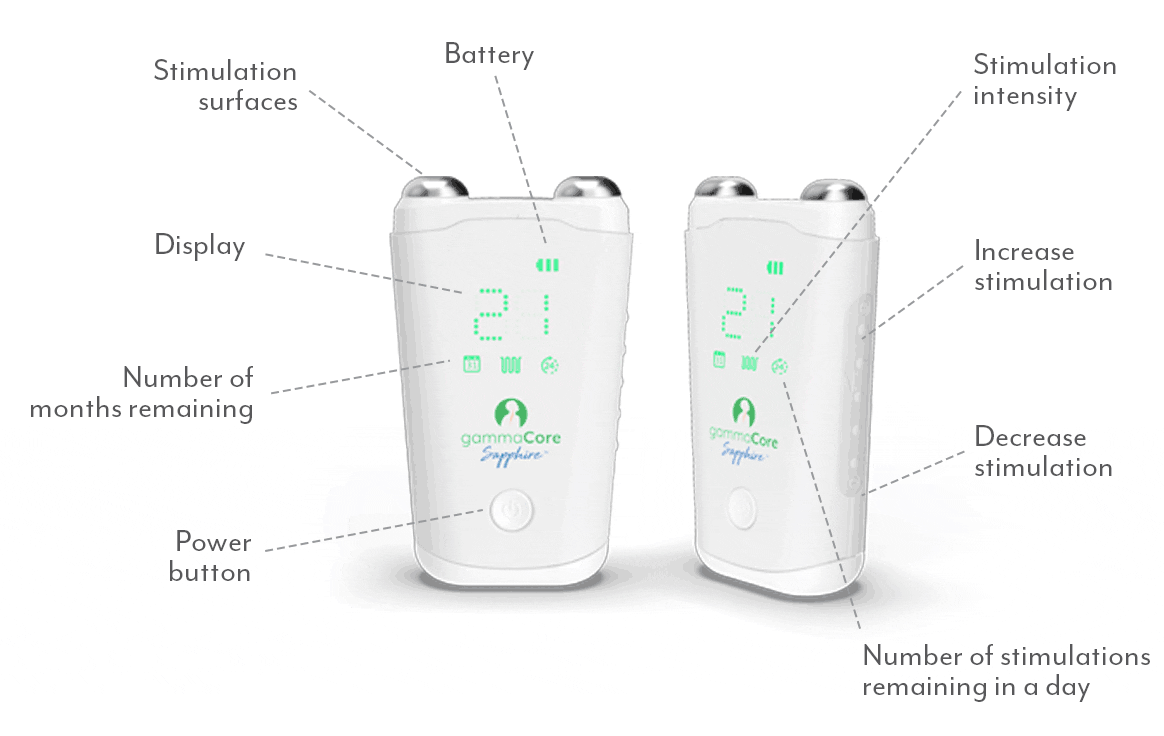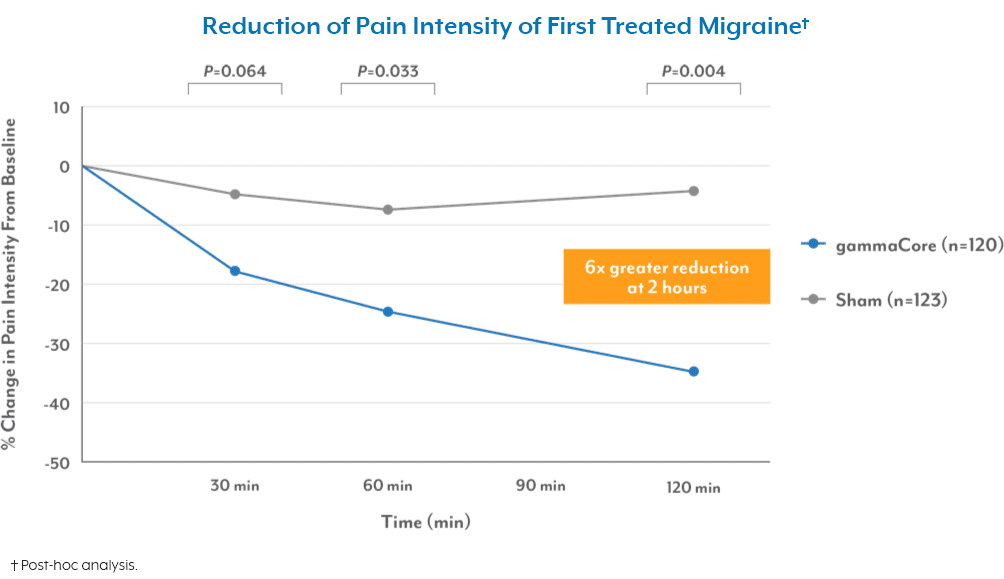
A migraine is more than just an everyday headache; the condition comes with a list of other symptoms, including sensitivity to light and sound, auras (visual disturbances), nausea, vomiting, and a pounding head. If you’re one of the many people who suffer from migraine year-round, you might be surprised to learn that there’s a connection between pain relief and breaking a sweat. That’s right—exercise might be one of the keys you’re missing in your migraine toolkit. While medications and lifestyle changes can help manage migraine, the role of exercise in providing relief is gaining more and more attention.
The Endorphin Connection
Endorphins are your body’s natural feel-good hormones, and they play a crucial role in pain management and your sense of overall well-being. When you exercise, your body releases these endorphins, which act as natural painkillers to help alleviate migraine discomfort. So, whether you’re taking a brisk walk, hitting the gym, or doing yoga, you’re essentially unleashing an army of natural pain fighters. Aerobic activity is known to stimulate higher levels of beta-endorphins (it’s what causes that “runner’s high” feeling)—an increase in beta-endorphin levels is linked to an improvement in migraine pain.1
Exercise and Stress Relief
Stress is a common migraine trigger, so anything that combats stress does double-duty for migraine pain, too. When you engage in physical activity, your body releases pent-up tension and stress and promotes a sense of calm. In addition to raising endorphins, exercising also reduces the body’s level of stress hormones like cortisol and adrenaline.2 It’s like hitting the reset button for your nervous system. By regularly incorporating exercise into your daily routine, you’re not only preventing stress from building up but also reducing the chances of triggering a migraine.
Improved Sleep Quality
A good night’s sleep is a precious commodity, especially for migraine sufferers. Lack of sleep or poor sleep quality can exacerbate migraine symptoms. Exercise, however, can help regulate your sleep patterns. When you work out, your body temperature rises, and as it cools down post-exercise, it signals your brain that it’s time to wind down.3 This doesn’t mean you have to run a marathon to see the effects. As little as 30 minutes of moderate aerobic exercise can positively impact sleep quality that same night.3 Remember, better sleep can lead to more migraine-free days.
Finding the Right Exercise and Routine for You
The beauty of using exercise as a migraine management tool is that there’s no one-size-fits-all approach. Again, you don’t need to be a marathon runner or a powerlifter at the gym; it’s about finding what works for you and your body. Whether it’s a low-impact walk, light run, yoga session, dance class, or a relaxing swim, the key is consistency—try to aim for at least 30 minutes of exercise several days a week. Plus, staying consistent will make it easier to maintain your active lifestyle.
However, keep in mind that while exercise can be a powerful ally against migraine pain, it’s important to listen to your body. Pushing yourself too hard or engaging in intense workouts may trigger headaches rather than relieve them. Start slow, stay hydrated, and pay attention to how your body responds.
A Pain Relief Complement to Your Workout Routine
A great way to ensure more migraine-free days is to pair your workout routine with other pain relief strategies, especially ones that target prevention and treatment, like gammaCore™ non-invasive vagus nerve stimulator (nVNS). gammaCore nVNS is a portable, handheld medical device that you can use at home or while on the go to stop migraine pain when it happens. It also works to prevent migraine pain when used twice daily with short, 4-minute treatment times. gammaCore is FDA-cleared and available with a prescription from your health care provider.
To see if gammaCore is right for you, visit our clinic finder to locate a health care provider near you, or contact our dedicated Customer Experience team at 888-903-2673 or customerservice@electrocore.com.
References
1. Misra, U. K., Kalita, J., Tripathi, G. M., & Bhoi, S. K. (2012). Is β endorphin related to migraine headache and its relief? Cephalalgia, 33(5), 316-22. https://doi.org/10.1177/0333102412473372
2. (2020, July 7). Exercising to relax. Harvard Health Publishing. Retrieved December 14, 2023, from https://www.health.harvard.edu/staying-healthy/exercising-to-relax
3. Exercising for Better Sleep. Johns Hopkins Medicine. Retrieved December 14, 2023, from https://www.hopkinsmedicine.org/health/wellness-and-prevention/exercising-for-better-sleep



